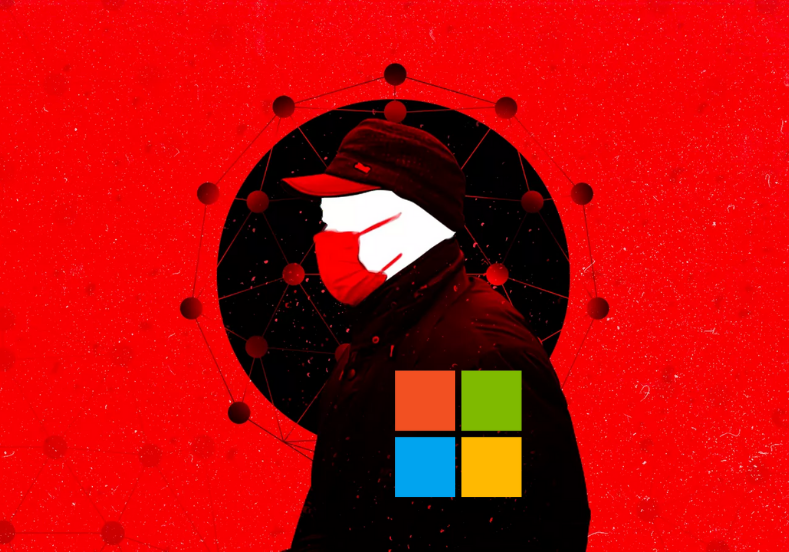There has been a rapid growth on the attention regarding Email security as the landscape around phishing campaigns that deliver ransomware continues to grow within’ organisational concerns. Recently, there has been no shortage of notable cyber attacks. The ‘I’m A Programmer Who Cracked Your Email’ Scam, is just one of the most recent email scams that not only use your own email handle to interact with you, but it also shows your real password in the subject line. A Password that most likely was stolen from Facebook, Google or LinkedIn breaches.
A survey conducted by the SANS Institute, showed the growth of spear-phishing and whaling are increasing dramatically. Spear phishing was identified as the second most significant type of attack (RAnsomware takes the honours for the top spot). It’s been understood within the industry that cybercriminals are now carrying out extensive social engineering activities to gather personal information and craft messages that appear from trusted sources to gain the victim’s confidence. Like the ‘I’m a programmer‘ scam, cybercriminals are obtaining leaked information from the dark web and using this as a viable item to make the victim feel like all that’s written within the email is real.
It is becoming increasingly difficult to accurately detect all bad emails, especially those containing attachments, without slowing down email to such an extent that it impacts employee productivity. In many cases, critical business communications need to be delivered promptly, without any delay or being lost in junk or spam folders. In addition, traditional signature-based technologies are proving to be ineffective in stopping phishing emails that contain malicious payloads such as zero-day/unknown malware and ransomware.
In today’s landscape, an effective email security solution should:
- Align with and complement your network security solutions
- Integrate with network sandboxing to scan all your SMTP traffic and email attachments
- Provide granular administrative control over settings and must be able to set policies such as “Tag a subject line” or “Strip email attachment” in cases where communication is of the utmost importance
- Feature anti-spoofing authentication mechanisms such as DKIM, SPF and DMARC, to protect against impostor emails
- Offer encryption and data leakage prevention (DLP) capabilities for outbound protection
Email is the top attack vector, and most cyber attacks typically start with a phishing or spear phishing attack. Almost every organization has deployed some sort of email security solution. However, the threat landscape is constantly evolving and today’s advanced threats are designed to bypass traditional security techniques. Now is the right time to evaluate the currently deployed solution and analyze gaps in your security posture.
Something to think about
Traditional email security solutions rely on static IP reputations and signature-based detection mechanisms, which simply cannot protect against today’s evasive and sophisticated malware. Detection alone does not suffice; often notifications are useless to prevent an ongoing attack. There is a need for email security solutions to move from detection to prevention and have the ability to stop attacks before they even reach your network.
To reduce risk exposure, email security must use a multi-layered approach. If you would like us to do a free analysis and recommendation contact us before November 20th.
Other Articles You May Enjoy:

















Share your thoughts in the Comments section: